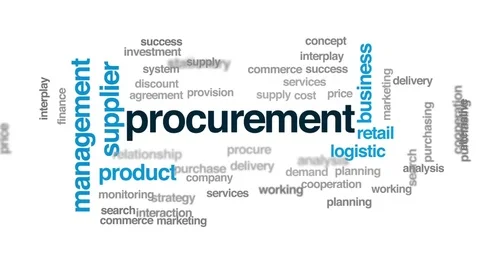PROCUREMENT
Procurement is defined as a strategic process to streamline an organization’s operations to ethically purchase quality goods and services from suppliers to realize business objectives of saving cost, reducing time, and improving profitability.
Types of Procurement
There are numerous classifications for procurement. Depending on how the organization intends to use the things purchased, it can be categorised as direct or indirect procurement. Depending on the commodities being purchased, it can alternatively be classified as goods or services procurement.
1. Direct Procurement
The acquisition of the inputs that a company needs to make its end product is known as direct procurement. This is the raw material that is often required in the manufacturing industry.
The profitability and performance of a corporation are heavily influenced by the cost and efficiency of direct procurement. When the direct procurement procedure is stalled, the company’s capacity to create its goods is harmed.
2. Indirect Procurement
Indirect procurement refers to the acquisition of services or inputs that aren’t directly utilized in the production of a company’s product but are necessary for day-to-day operations. It might be office supplies or equipment upkeep. The running of the firm is hampered by delays in indirect procurement.
3. Goods procurement
The procurement of tangible goods is the most common type of procurement, but it may also involve software subscriptions.
Good supply chain management procedures are often required for effective commodities acquisition. Both direct and indirect purchases may be included.
4. Purchasing services
Procuring people-based services is the emphasis of services procurement. This might involve employing individual contractors, contingent labor, law firms, or on-site security services, depending on the organization. Both direct and indirect purchases may be included.
What is the procedure for procuring goods and services?




No comment